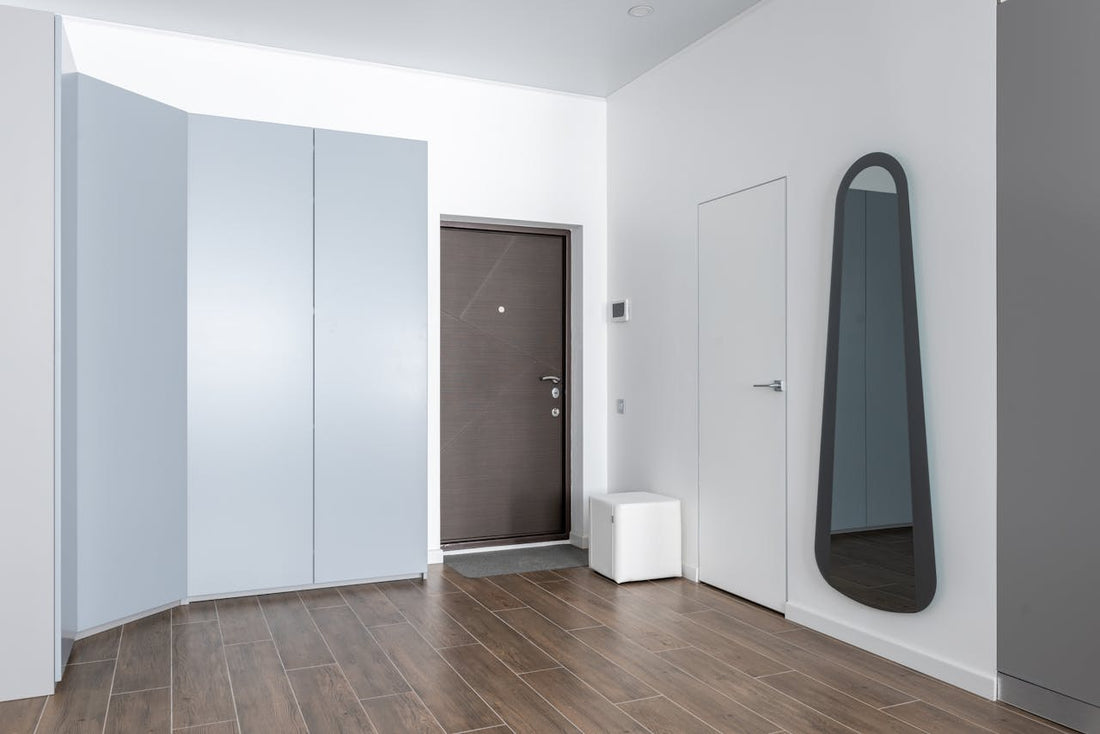Laminate flooring is generally cheap and can be used in most parts of a house, but it can be irksome when the floor begins to curl or become raised from the underlying surface. This can come up at some point and when it does parts of the floor start to protrude out and you get that uneven and incomplete flooring look you never wanted. But now, what is that this distorting this problem and more importantly how can you solve it?
Order FREE Laminate Samples
Why Laminate Floors Lift or Pop Up
It is possible for your laminate flooring to lift due to a variety of factors and this options explains why: They come from beneath the laminate and when water gets into it, the boards expand and press downwards on each other. This extra force can cause the floor to rise or what people often refer to as ‘lifting’ or ‘poping up’. That is why fluctuations in relative humidity —in countries and regions with a distinction between the seasons—also lead to this issue. Everybody who makes their own home or installs new floor needs to build in some of these alterations, otherwise the floor may start to rise.
Can You Fix a Laminate Floor That’s Lifting?
Yes, you often can! The first step is to identify why the floor is lifting. If water damage is the cause, it’s important to locate the source of the moisture and address it to prevent further issues.
For water damage, you might need to lift the affected planks, allow them to dry, and then re-install or replace any that are too damaged. If the problem is due to a lack of space for the floor to expand, you can remove the skirting board trim and trim the edges of the laminate slightly to allow more room for movement. The fix will depend on the cause, but inspecting the floor closely to find the problem area will help you decide if you need to make more space for expansion or deal with a moisture issue.
Is Lifting Normal for Laminate Floors?
Under normal conditions, laminate flooring shouldn’t lift. Minor expansion and contraction are expected, especially with temperature and humidity changes, but noticeable lifting, popping, or gaps indicate an underlying issue. If you’re in a humid climate, seasonal changes may be more pronounced, but regular lifting usually suggests a problem like poor installation, trapped moisture, or a structural issue that needs attention.
Order FREE Laminate Samples
Fixing Lifting from Water Damage
Water damage is one of the main reasons for lifting in laminate flooring. Water can penetrate the core of the laminate from spills, high humidity, or leaks, which makes the boards swell and push upwards.
To address this, start by stopping the water source. For minor water damage, lifting the affected planks to let them dry may be sufficient. For more severe cases, you may need to replace the damaged planks entirely.
Laminate flooring can be a budget-friendly and stylish option that stands up well—if installed and cared for properly. Whether it’s adjusting for expansion gaps, controlling humidity, or managing water exposure, each small step helps keep your laminate flooring in top condition.





